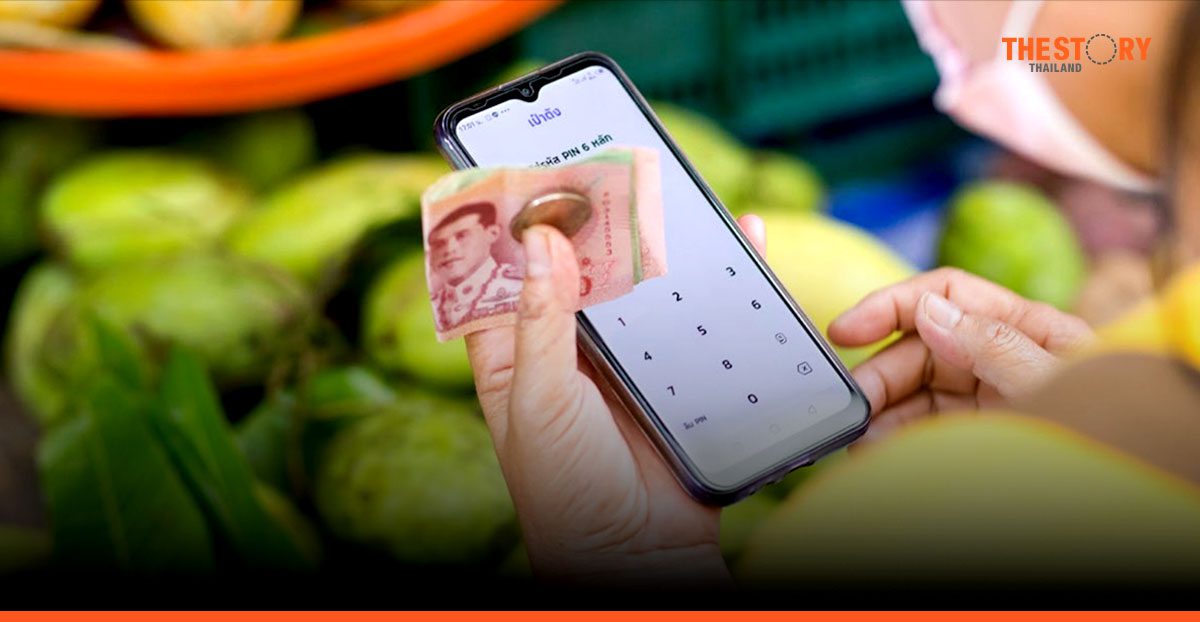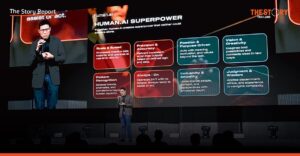The mobile industry contributed US $950 billion in economic value to the Asia Pacific region in 2024, but significant headwinds from soaring spectrum costs and a rampant “scam economy” could jeopardise its future potential, according to a major new report from the GSMA.
The study, titled Mobile Economy Asia Pacific 2025 and launched Wednesday at the Digital Nation Summit in Singapore, highlights the mobile ecosystem’s vital role, accounting for 6.1% of the region’s total GDP. While this contribution is forecast to grow to US $1.4 trillion by 2030, the report sounds a clear alarm over critical challenges that require urgent government and industry collaboration.
The economic benefits are substantial. Beyond the headline GDP figure, the mobile sector supported approximately 17 million jobs across Asia Pacific last year — 11 million directly within the industry and another 6 million in adjacent sectors. It also generated over $90 billion in revenue for public finances through general taxation.
This growth has been fuelled by massive investment, with mobile operators pouring nearly $220 billion into their 5G networks between 2019 and 2024. A further $254 billion in capital expenditure is planned through to 2030, a year by which 5G is expected to represent half of all mobile connections in the region, up from 18% today.
However, the report warns that this progress is not guaranteed. “Mobile connectivity is the oxygen of Asia Pacific’s digital transformation – driving economic growth, innovation and inclusion,” said Julian Gorman, Head of Asia Pacific at the GSMA. “Yet our findings sound clear alarms: spectrum charges have tripled over the last decade, and over 700 million people remain offline.”
According to the study, the average cost of spectrum as a percentage of operator revenue has surged from 3% in 2014 to 9% in 2023, diverting funds that could otherwise be used for network expansion, particularly in underserved rural and emerging markets. This contributes to a significant “usage gap,” with the report noting that 55 million people in the Philippines alone remain offline despite living within areas of mobile broadband coverage.
Compounding the investment challenge is the escalating threat from digital fraud. The report cites a burgeoning global ‘scam economy’ that siphoned over $1 trillion from consumers in 2024. As 5G and the Internet of Things (IoT) expand the potential “attack surface,” operators are increasingly deploying AI-powered fraud detection systems and forming cross-sector alliances to combat the issue. One key initiative is the GSMA-led Asia Pacific Cross-Sector Anti-Scam Taskforce (ACAST), which unites operators and digital platforms across 16 countries to share intelligence and develop countermeasures.
To safeguard the region’s digital ambitions, the GSMA urges policymakers to adopt more sustainable spectrum pricing strategies and create clear roadmaps for future spectrum allocation. The report also calls for a mix of fiscal incentives, targeted public funding, and infrastructure-sharing policies to close the investment gap and accelerate rollouts in areas that need them most.
“To sustain momentum, we need decisive action – affordable spectrum, smarter financing and collective action to tackle scams and cyber-threats,” Gorman added.
The report concludes that a combination of innovation-friendly regulation and collaborative security efforts will be crucial to protect users, build trust, and ensure the digital economy can reach its full potential.
Singapore’s diamond jubilee sparks tourism Boom, with Thailand leading the charge
Beyond the Beaches: Cracking Thailand’s ‘Travel DNA’ to Forge a New Era of Tourism












